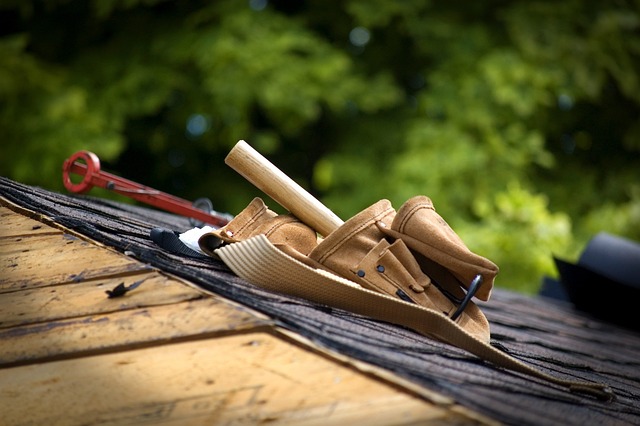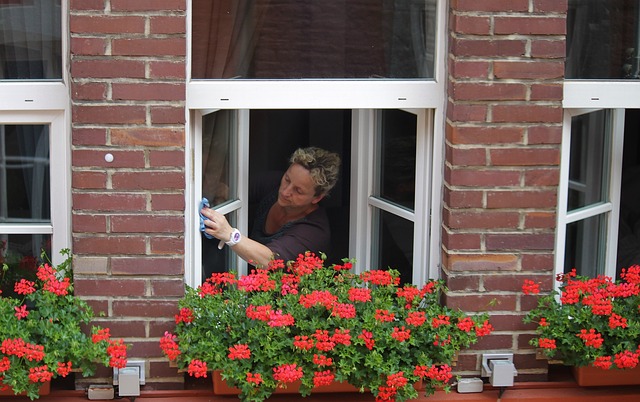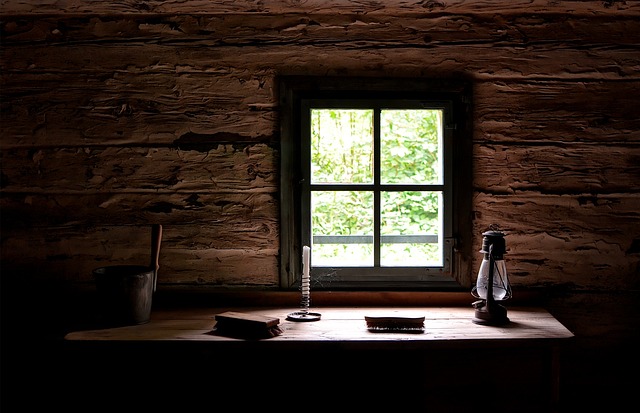The roof is an integral part of your home, providing protection from the elements for years to come. As technology advances, so do the materials and tools used in roofing. Homeowners should be aware of the latest roofing technology and trends – from energy-efficient shingles to innovative waterproofing systems – as they make decisions about their roofs. This article breaks down some of the most important new technologies in roofing that homeowners need to know about, including types of shingles, advanced waterproofing methods, and more. By understanding what these innovations can offer your home, you’ll be able to make an informed decision when choosing a new roof or consulting with a professional contractor. To find out more information visit this website.
Types of Shingles
#1: Asphalt Shingles
Asphalt shingles are the most common type of roofing material in the United States, and they come in a variety of colors and styles. They are economical and durable, with an expected lifespan of 20-30 years. Additionally, they’re easy to install and maintain.
- Installation Process: Asphalt shingles are usually installed by overlapping them, using nails or staples to hold them in place.
- Advantages: Asphalt shingles are affordable and easy to install, making them a popular choice for many homeowners. They also provide excellent protection against the elements and have a long lifespan.
- Disadvantages: Asphalt shingles are prone to cracking and curling over time, which can affect the look of your roof and reduce its lifespan. Additionally, they’re not as energy-efficient as some other types of materials.
#2: Slate Shingles
Slate shingles are made from a combination of clay and slate that is fired at a high temperature to create a lightweight yet extremely durable product. These shingles can last up to 100 years but do require more maintenance than other types of roofing materials due to their porous nature.
- Installation Process: Slate shingles must be installed with care, as they can easily crack if not properly handled. Often, a professional contractor will use a special adhesive to attach the slate shingles to your roof deck.
- Advantages: Slate shingles are extremely durable and long lasting, making them an ideal choice for homeowners who want their roofs to last for generations. They’re also highly resistant to water damage and require minimal maintenance.
- Disadvantages: Slate shingles are much more expensive than other types of roofing materials, making them out of reach for many homeowners. Additionally, they can be difficult to install and may require specialized tools or techniques in order to achieve a proper fit.
#3: Metal Shingles
Metal shingles provide an attractive and modern look to any home. They are fireproof, energy efficient, and can last up to 50 years with proper care and maintenance. These shingles come in different colors and styles, making them a great choice for homeowners who want the look of asphalt but more durability.
- Installation Process: Metal shingles are installed by screwing them into the roof deck. Depending on the type of metal roof you have, additional steps may need to be taken to ensure a secure fit.
- Advantages: Metal shingles offer excellent protection against the elements and are highly durable, with an expected lifespan of up to 50 years. They’re also fireproof and energy efficient, helping keep your home cool in summer and warm in winter.
- Disadvantages: Metal shingles can be expensive to install and may require specialized tools or techniques for proper installation. Additionally, if not cared for properly, metal roofs can rust or corrode over time.
#4: Solar Shingles
Solar shingles are a newer type of roofing material that combines the durability of traditional asphalt with the energy-saving power of solar panels. They’re installed just like regular shingles and can be used to generate electricity, which can then be used to power your home or sold back to the utility company.
- Installation Process: Solar shingles are installed the same way as traditional asphalt shingles, with overlapping pieces that are secured to the roof deck with nails or staples.
- Advantages: Solar shingles offer both energy savings and durability, making them an attractive option for many homeowners. They also require minimal maintenance and can help make your home more energy efficient.
- Disadvantages: Solar shingles are much more expensive than other types of roofing materials, making them out of reach for some homeowners. Additionally, they don’t generate as much electricity as dedicated solar panels, so they may not be a good choice if you need a lot of power.
#5: Synthetic Shingles
Synthetic shingles are made from a combination of polymers, rubber, and composite materials. They’re lightweight, durable, and require little to no maintenance. The synthetic material also helps to reflect sunlight away from your home, helping to keep the interior cool in warm climates.
- Installation Process: Synthetic shingles are installed just like asphalt or metal shingles, with overlapping pieces that are secured to the roof deck with nails or staples.
- Advantages: Synthetic shingles offer excellent protection from the elements and require little to no maintenance. They’re also relatively lightweight, making them a good choice for homes with weaker roof structures.
- Disadvantages: Synthetic shingles can be expensive to install and may not provide as much insulation as other types of roofing materials. Additionally, they don’t have quite the same longevity as traditional asphalt or metal roofs, so you may need to replace them more often if you live in an area with harsh winters.
Advanced Waterproofing Systems
Sealants and membranes have always been important for roof protection, but now there are more advanced waterproofing systems that can help protect your roof even further. These include rubberized cement coatings, liquid membrane systems, and specialty coatings that offer superior protection against water damage.
These advanced waterproofing systems differ in their installation process depending on the type of material used. Generally, they are applied to the roof deck with a brush or roller and must be allowed to cure properly before being exposed to the elements.
Advanced waterproofing systems offer superior protection against water leakage and can help extend the life of your roof by up to 25 years. They’re also relatively easy to install and require minimal maintenance once applied.
By understanding the latest innovations in roofing technology, homeowners can make an informed decision about which material and system will best serve their needs and budget. Whether you choose asphalt shingles, metal shingles, solar shingles, or one of the advanced waterproofing systems discussed above, you can be sure that your roof will be able to stand up to whatever Mother Nature throws at it for years to come.




